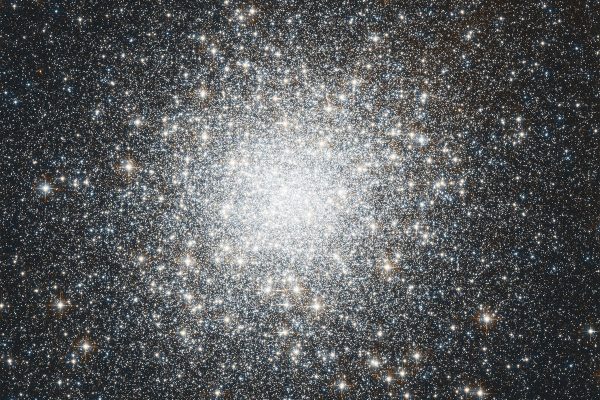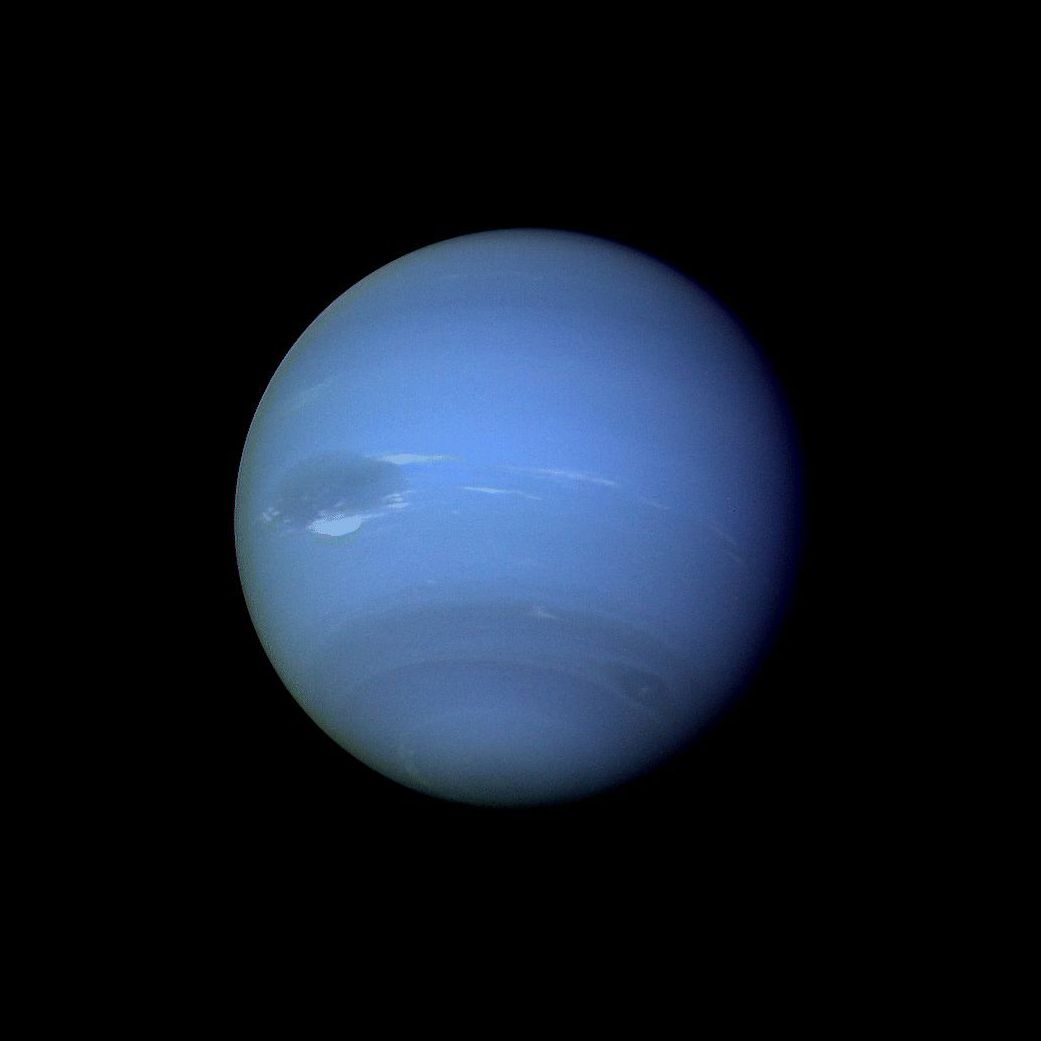
Joe Bauman: 4 late-September astronomy festivals in and around Utah – Deseret News
Filed under:
See the night sky at late September events in Kamas, Capitol Reef National Park, Cedar Breaks National Monument and Nevada’s Great Basin National Park
Editor’s note: This has been previously published on the author’s website.
Fall’s crisp, clear night skies make for delightful stargazing, and several astronomy festivals in this region are planned to take advantage of these potentially exceptional conditions. Dazzling star clusters, distant galaxies, nebulas and even the farthest solar system planet may be glimpsed. Of course, nature has its own plans, so some outings will be canceled if the nights turn stormy.
- The town of Kamas, Summit County, holds a “For the Love of Stars!” festival on Saturday, Sept. 28, 7:30-9:30 p.m. at the Kamas Library, 110 N. Main St. In its first star show, the Utah Astronomy Club will be there to provide visitors with telescopic views. Hands-on activities, nocturnal mammals and birds and “starry treats” are promised. Planner Barbara Richardson said the library will turn off its parking lot lights for the event. For more information or to volunteer, contact her or Kathy Donnell at barbarakayrich@gmail.com.
- The Great Basin Astronomy Festival is scheduled for Thursday through Saturday, Sept. 26-28, at Great Basin National Park, Nevada. Located 5 miles from the town of Baker, Nevada, near Utah’s western border, the park will concentrate night astronomy activities at its Lehman Caves complex.
”Join park rangers and amateur astronomers to experience out-of-this-world family fun and excitement at our annual Astronomy Festival. Learn about daytime and nighttime astronomy while enjoying some of the darkest night skies in the nation,” says a park news release.

Between 11 a.m. and 3 p.m. on the first two days, special solar telescopes will be set up at the Lehman Caves Visitor Center in the park, observing our closest star. Solar telescopes also will be available at the Baker School playground during the same hours on Sept. 28, during a community rocket day.
Telescopes operated by amateur astronomers will search the heavens for astonishing views between 7:30 and 11:30 on Friday and Saturday nights. The site is a five-minute walk from the Lehman Caves Visitor Center. Because of parking limitations, on those two nights a free shuttle bus will run between the park visitor center and the caves.
To learn more about the Great Basin Astronomy Festival, visit this site at www.nps.gov/grba/planyourvisit/astronomy-festival.htm.
- Capitol Reef National Park, based 10 miles from Torrey, Wayne County, joins with the Entrada Institute to present the 10th annual Heritage Starfest, Thursday through Saturday, Sept. 26-28. Solar telescopes will be set up at the visitor center all three days, while nighttime telescopes will scan the skies on Thursday at the Gifford House, Friday in the campground amphitheater parking lot and Saturday at the Wayne County Community Center in Bicknell, Wayne County. Children’s astronomy activities and ranger programs also are planned.
”The dark skies of Wayne County and Capitol Reef are among the darkest in the nation allowing visitors from around the world to enjoy pristine skies full of planets, constellations, and the Milky Way,” says a park announcement. “This event celebrates dark sky resources. Bring a red headlamp or flashlight and dress warm for all evening events.” For details, see www.nps.gov/care/learn/news/heritage-starfest-on-september-26-to-28-2019.htm.
- Cedar Breaks National Monument, based in Cedar City, presents its third annual Southwest Astronomy Festival, Friday through Sunday, Sept. 27-29. On the boards are nature hikes, nighttime and solar astronomy and stories about stars.
Southwest Astronomy Festival activities will take place at widely scattered locations from St. George to Pipe Springs, Arizona, to the Kaibab Paiute Tribal Community Library in Fredonia, Arizona, to Southern Utah University, downtown Cedar City, to Gunlock State Park and Ivins in Washington County, to Cedar Breaks National Monument and the outskirts of Cedar City. For more information, check at www.nps.gov/cebr/planyourvisit/southwest-astronomy-festival.htm.
Joe Bauman, a former Deseret News science reporter, writes an astronomy blog at the-nightly-news.com and is an avid amateur astronomer. His email is joe@the-nightly-news.com.





